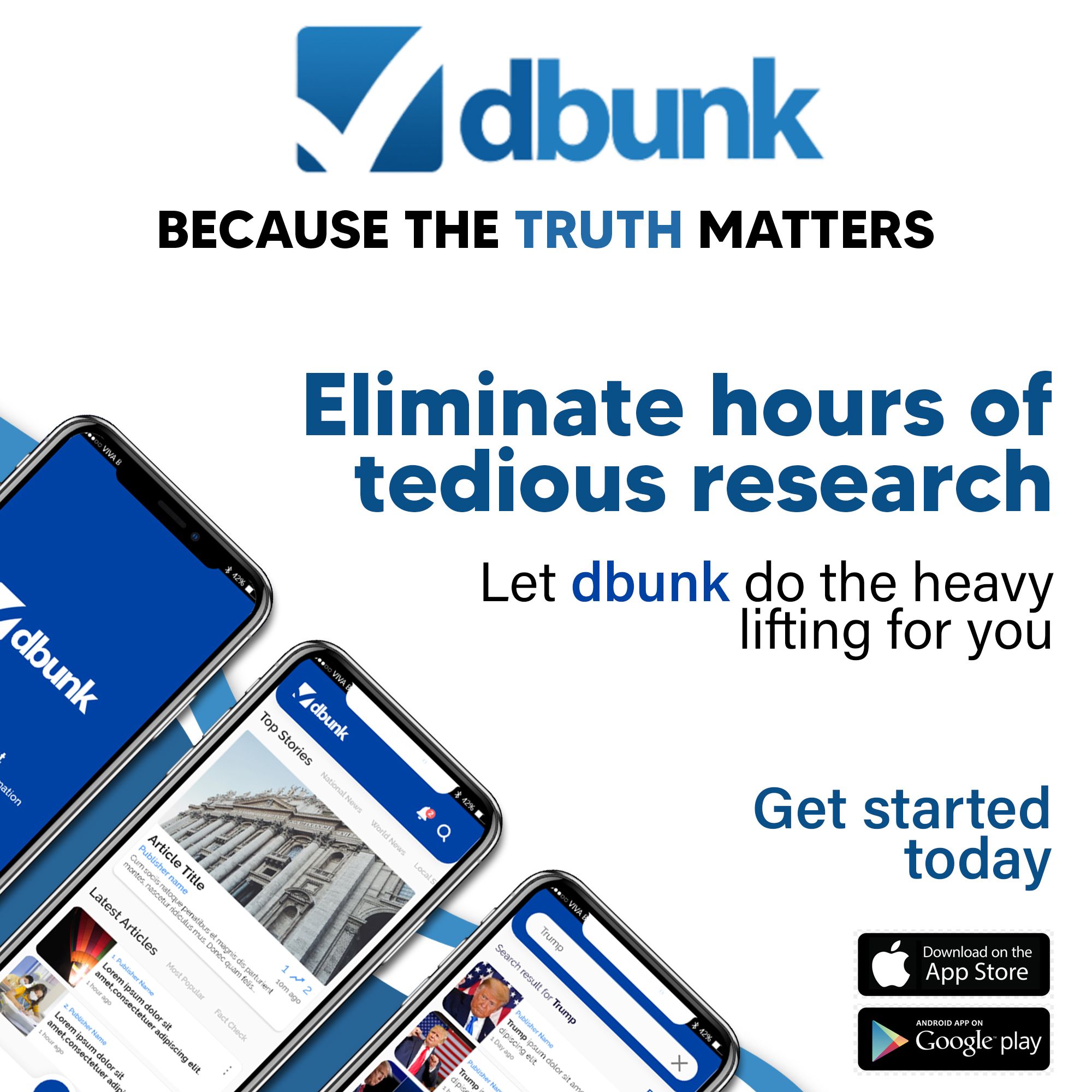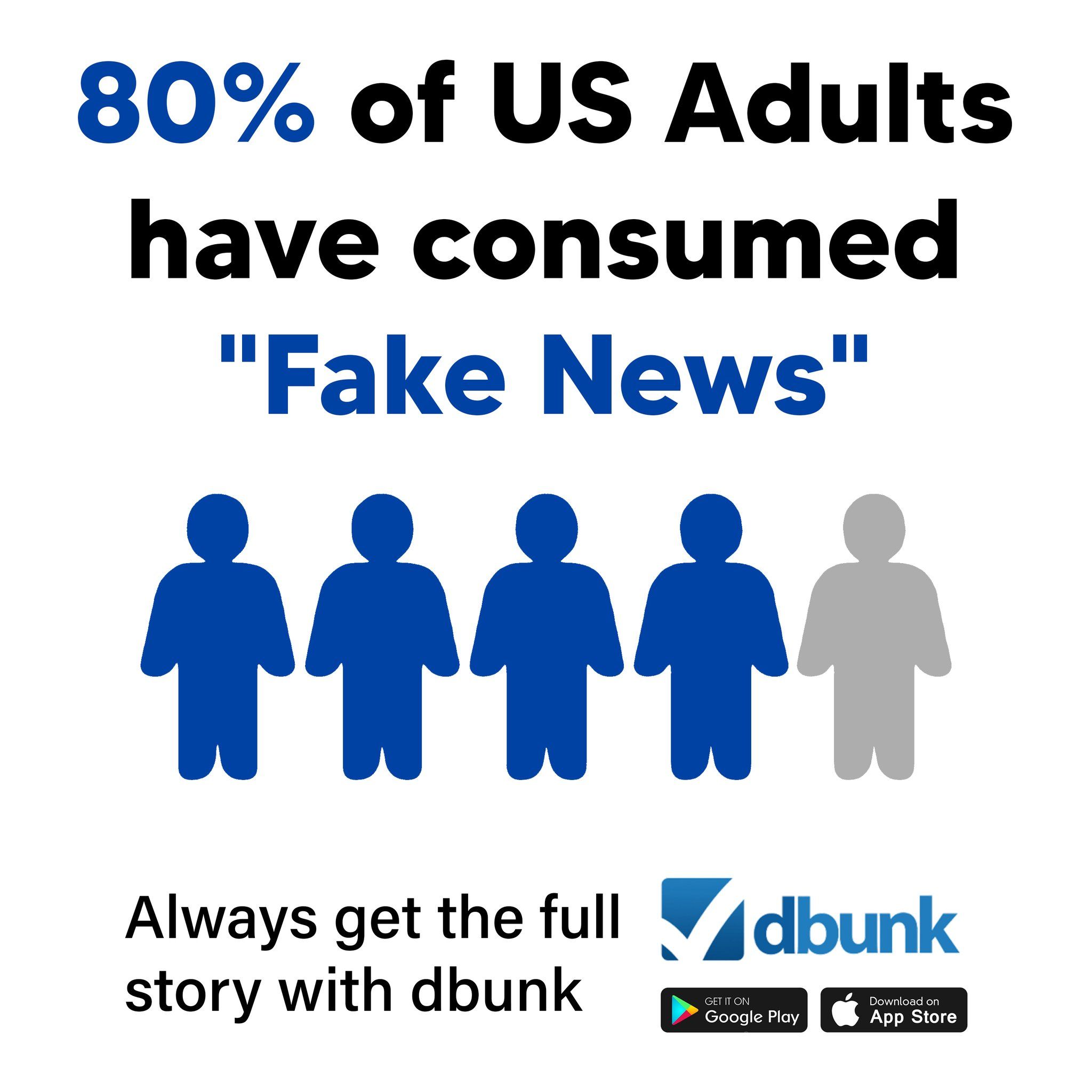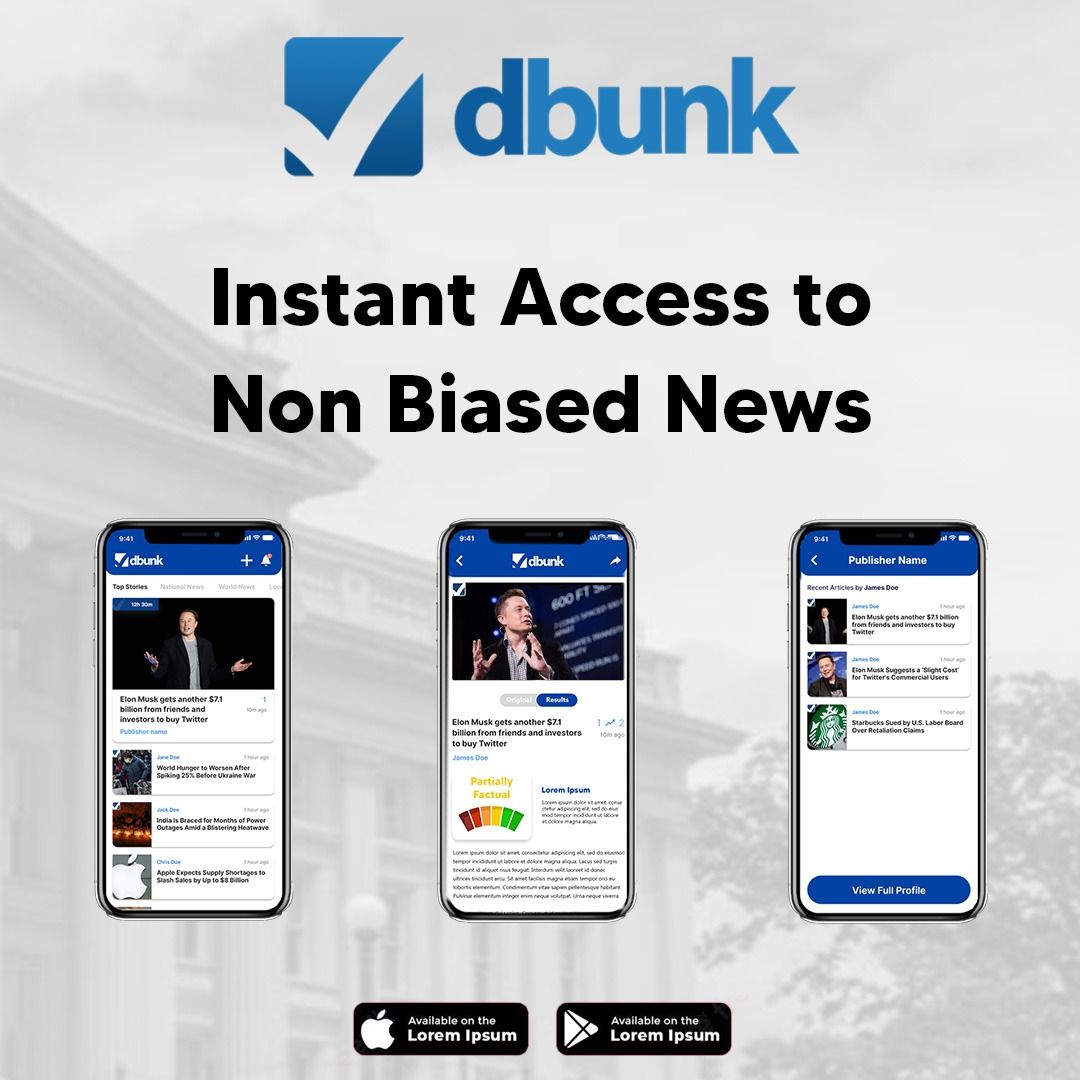Fact Check Analysis: Does Governor Hochul’s ‘Affordability Agenda’ Hold Up to Scrutiny?
Thank you to one of our subscribers for submitting this fact-check request! If you’d like to request a fact check, you can submit it for free and let us verify the information for you as well. Let’s get into the questions and concerns around New York Governor Kathy Hochul’s recent proposals, outlined in a AP article.
The article describes Governor Hochul’s “affordability agenda,” which includes plans like handing out $500 checks, providing free tuition, expanding child tax credits, and introducing other measures to alleviate economic concerns. These proposals have garnered significant attention, especially with the implied question of how the funding will be sourced without burdening taxpayers. Here’s our deep dive into the facts, context, and potential misinformation within the article.

Key Findings: Missing Context and Misinformation
Claim: Funding the $500 Inflation Refund
The article mentions Hochul’s proposal to send New York residents up to $500 as part of an “inflation refund” and states, “it would be funded by excess sales taxes generated through inflationary rises in the costs of consumer goods.” While this sounds straightforward, it fails to answer critical questions. Excess sales tax revenues are inherently tied to unpredictable economic conditions, meaning this funding source is not guaranteed or consistent over time. Additional scrutiny suggests that this type of revenue bump may not sustain long-term commitments without requiring future budget cuts or alternative tax increases.
Claim: Free Tuition at State and City Colleges
The proposal to provide free tuition at state and city colleges – while admirable – does not come with specifics in the article regarding its funding mechanism. Education initiatives of this magnitude often require either reallocating existing budget funds, increasing state taxes, or acquiring federal aid. However, none of these possibilities are elaborated upon, which leaves the reader with an incomplete picture. The lack of detail raises concerns about feasibility, especially considering existing fiscal struggles in New York’s budget.

Misinformation Trigger: The Framing of “Democratic Losses”
The article states that “Democrats are still reeling from major losses in November that resulted in Republicans winning control of the U.S. House, Senate, and White House.” While it is accurate that Republicans experienced sweeping victories, framing the losses as solely a failure of the Democratic Party’s appeal oversimplifies the outcome. Many political scientists and analysts attribute these losses to broader economic dissatisfaction among voters rather than just partisan blunders. Without this context, the claim risks being misleading by omission.
What About Hedge Funds Buying Homes?
The article briefly mentions a proposal to “make it harder for hedge funds to buy homes” without detailing what this policy entails. This vagueness leaves readers wondering whether this means increased taxes, new ownership restrictions, or another form of deterrence. Without clarification, the impact of this measure remains speculative rather than factual.

Context on Reader Questions: Where is All This Money Coming From?
One key question readers are likely to have – as explicitly submitted by a DBUNK subscriber – is, “Where is all this ‘free money’ coming from?” The answer to this question is largely missing from the article. While the “excess sales tax” explanation is provided for the $500 checks, we’ve determined this justification lacks depth and foresight. For the other proposals, the absence of financial transparency leaves significant holes in the narrative.
For example, if free tuition and expanded child tax credits are intended to be funded through either state reserves or increasing budgetary deficits, it could place additional pressure on future budgets, potentially leading to higher taxes or cuts elsewhere. Neither of these possibilities is addressed in the article, which hinders readers from fully evaluating the long-term feasibility of the governor’s affordability agenda.
Conclusion: Misinformation or Just Missing Pieces?
While the article by Anthony Izaguirre does not blatantly spread false information, it omits essential context that prevents readers from fully assessing the claims made about Governor Hochul’s economic proposals. Some framing choices, such as the portrayal of Democratic losses, lean toward bias, while critical questions about funding sources remain unanswered. Readers should approach these proposals with healthy skepticism and demand greater transparency from policymakers to avoid undue reliance on assumptions.
Stay informed and empowered by downloading the DBUNK app, launching soon. Cut through the noise, verify information, and join the fight against misinformation today!


